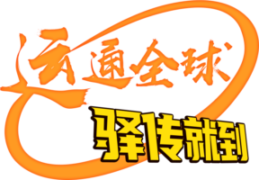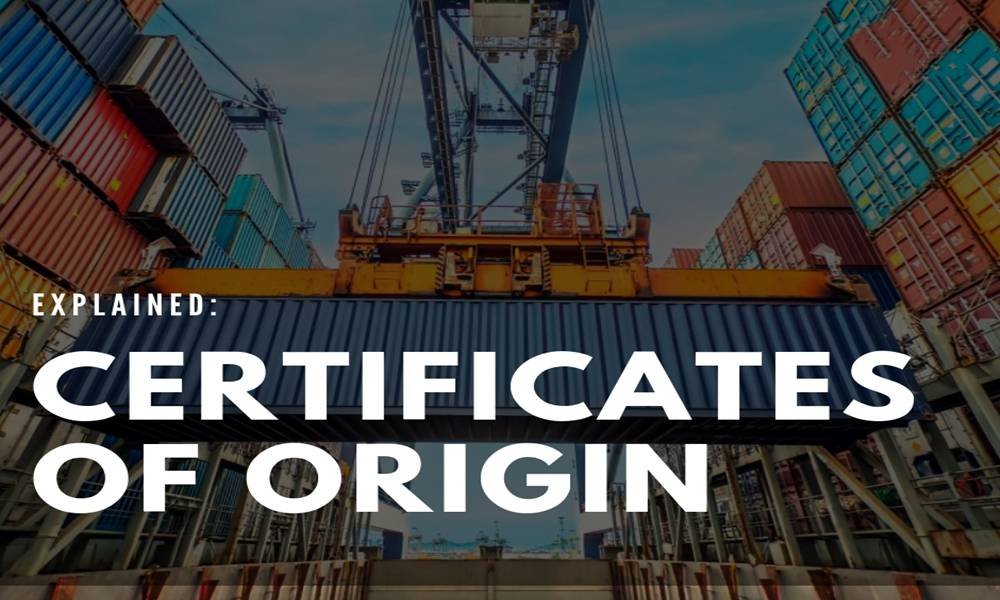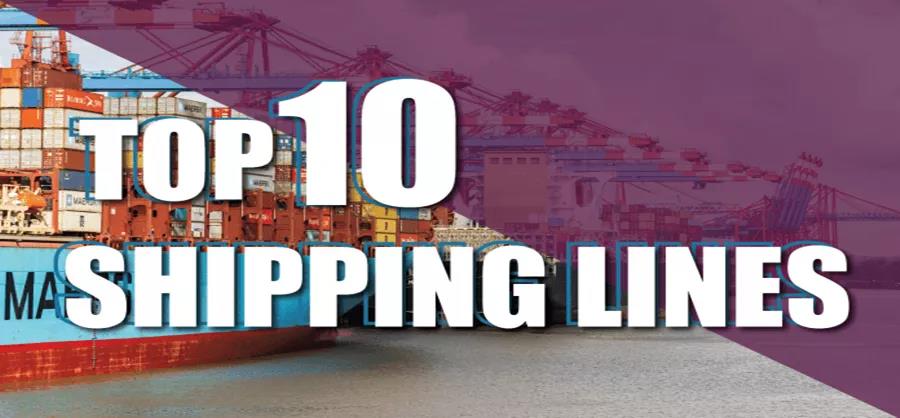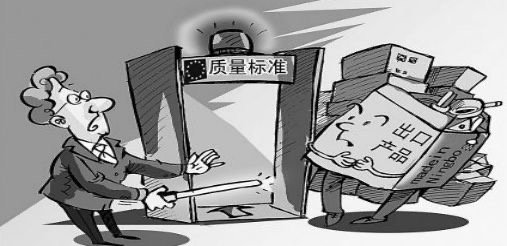In cross-border trade, the concept of origin is more and more often mentioned, and the certificate of origin, as an important document in foreign trade, is also more and more Many places into the foreign trade negotiation horizon. Because the certificate of origin can bring a certain degree of tariff reductions, also known as “paper gold”.
Tips
From May 20, 2019, the certificate of origin self-printing comprehensive promotion, export enterprises can self-print 15 kinds of certificates of origin; from October 15, 2019, foreign trade operators and enterprises of origin filing “two certificates in one”, to achieve “an acceptance, a record, a certificate issuance”.
From May 11, 2020, the General Administration of Customs in the original 15 kinds of self-printing certificates on the basis of new certificates of origin to Indonesia and Singapore under the “Comprehensive Economic Cooperation Framework Agreement between the People’s Republic of China and the Association of Southeast Asian Nations”, as well as to India under the “Asia-Pacific Trade Agreement” certificate of origin.
How to make use of facilitation measures, exert the role of the certificate of origin will become a hot topic of discussion among enterprises.
Paper Gold
So, what types of certificates of origin are there? What tariff preferences are available? What certificate should an enterprise choose to be more conducive to its import and export trade? Now, let’s talk about the topic related to the work of origin.
First, what kind of certificate of origin is a proof?
A certificate of origin is a certificate issued by countries to certify the origin of goods, i.e., the place of production or manufacture, in accordance with the relevant rules of origin. A document that has the force of law. To put it simply, that is, commodities into the field of international trade “passport”, proof of the economic nationality of the commodity.
Second, what are the types of certificate of origin in our country?
In our country, according to the function of the certificate of origin, there are three main types of certificates of origin issued for the export of goods.
The first type is non-preferential certificate of origin, which is commonly known as “general certificate of origin”, and is a document proving that the goods originate from China and enjoy normal tariff (most-favored-nation) treatment of the importing country, referred to as CO certificate.
The second type is preferential certificate of origin, which can enjoy more preferential tariff treatment than MFN treatment, mainly including GSP certificate of origin and regional preferential certificate of origin.
The third type is the professional certificate of origin, which is a certificate of origin for specific products in a particular industry, such as the Certificate of Origin for Agricultural Products Exported to the European Union.
Third, what is the specific role of the certificate of origin in international trade?
The role of the certificate of origin is threefold.
First, the handover of goods. Trade relations will use the certificate of origin as one of the proofs for the handover of goods, settlement of payments and claims for compensation.
The second is the implementation of specific trade policies by the importing country, such as differential tariff treatment for specific countries, volume restrictions and import control.
The third is tariff reduction or exemption. In particular, various types of preferential certificates of origin are necessary documents to enjoy preferential tariff treatment in the importing country, and are regarded by many importers as a way to reduce the goods’ The cost of the “golden key” “paper gold”, but also to enhance the international competitiveness of our goods.
Fourth, how many tariff reductions of the certificate of origin?
How does the role of “paper gold” manifest itself?
For example, for example, products exported to ASEAN countries, will impose tariffs ranging from 8%-30%, by virtue of the certificate of origin can enjoy a certain range of tariff reductions, some can even reach zero tariffs, according to statistics on average can bring about 5% tariff reductions to each industry.
V. What are the rules in the application of the certificate of origin?
In various trade agreements, the parties concerned have established a series of norms for determining the origin of products. The rules of origin generally include criteria for determining whether goods are of origin, direct shipping rules, and so on.
In the GSP treatment that China enjoys and the various free trade zones in which it participates, the rules of origin determined by international agreements, among others, are Products are classified as fully-origin or incomplete according to whether they contain non-domestic components. However, regardless of whether the product is ultimately judged to be complete or incomplete, the product complies with the rules of origin and is eligible for the benefits of trade agreements. Preferential treatment is determined. Those products that are excluded from these two categories, i.e. those that do not meet the rules of origin, are not eligible for the various preferential treatments.
Thank you for the detailed answer! So how do you decide between perfect and incomplete origin? Is there a clear line?
Example Description.
1. Full origin
Definition of “full acquisition” in free trade agreements and in our Regulations of the People’s Republic of China on the Origin of Import and Export Goods Much the same. In summary, for our country, “full access” is mainly aimed at the following types of products: first, plants and their products; and second, live animals. and their products; third, mineral and natural products; fourth, products of marine capture obtained and processed outside the country; fifth, waste materials; sixth, processing of marine fishery products. And the resulting product.
To give an example.
For example, plants and their products. Generally speaking, plants that have taken root and grown in the country and plant products harvested, plucked or collected from them are considered to be The seeds are “fully obtained” in our country, that is, the source of the seeds that are bred into plants is not taken into account. For example, we import cherry trees from Chile, and the cherries that grow out of them are considered to be “fully obtained” in our country.
Another example is live animals and their products. There are two main versions for determining whether domesticated live animals and their products are “fully obtained” in our country: the “loose” version, which requires only that. If the animal is reared in our country, the animal and the products derived from it are considered “fully acquired”. The main liberalized versions are the GSP, China-Chile FTA, China-New Zealand FTA, China-Peru FTA. and the China-Costa Rica FTA, among others. The other is a “strict version” of other FTAs, where live animals need to be born and raised in the country, with the addition of the qualification “born”, which is Only live animals and products obtained from them can be considered “fully obtained”.
For example, if China imports sheep from Australia, the wool obtained from the sheep after rearing can be considered “fully obtained” when exported to “relaxed” countries and regions such as the EU and Chile, but it cannot be considered “fully obtained” when exported to “strict” countries and regions such as ASEAN, South Korea and Georgia; if the imported sheep produce the next generation of sheep, the next generation of sheep and their wool can be considered “fully obtained” whether exported to “relaxed” regions or “strict” regions.
2. Not fully sourced
A product explicitly containing a non-original ingredient, while a non-original ingredient is an ingredient that is imported or of unknown origin. For example, parts and raw materials from Taiwan, Hong Kong and other places in the mainland China market are also imported. For products containing non-original ingredients can not simply determine whether they are of Chinese origin, but need to see if they meet the corresponding country of origin. The rule’s requirements for material change.
The criteria for determining a material change are generally: the tariff classification change criterion, the percentage criterion, the processing process criterion and the criteria for all three of the above. (c) Combination. The GSP and various trade agreements have different standards for imperfect origin, which should be carefully compared for different countries and regions before claiming.
Focusing
Which certificates of origin are more advantageous and how do I choose when corresponding to multiple certificates of origin?
When working specifically on origin, it is important to first understand its trends so that you can better target it.
At present, the GSP treatment is decreasing. Since the end of 1979, when China began to enjoy GSP treatment as a beneficiary country, the GSP certificate of origin used to be an officially authorized visa The most important certificates of origin issued by institutions, whereas in recent years there has been a downward trend in GSP certificates of origin, mainly due to the GSP The special nature of treatment, and the fact that most countries currently applying the GSP apply “graduation clauses” to protect their trade interests and industrial security. It is also divided into “product graduation” and “country graduation”, which means the cancellation of relevant tariff preferences. In the case of the EU, for example, all Chinese products have been “graduated” since 2014. Starting from 2019, Japan will also exclude China from the GSP benefits. Moreover, as China’s economic strength continues to grow, the “product graduation” or even “country graduation” of China by various GSP preference-giving countries will continue. The risk is also growing. It can be expected that the range of products and countries enjoying GSP treatment in China will continue to shrink in the coming period.
Then, as the conditions for granting GSP benefits become harsher and harsher or even cease to be granted, FTAs will become the focus of our international economic cooperation. and this trend is already visible. Regional certificates of origin issued within FTAs receive tariff preferences that are even more favourable than MFN treatment for ordinary certificates of origin. GSP treatment is even more preferential, and the regional preferential certificate of origin covers all general certificates of origin as well as GSP certificates of origin. function. As the free trade zone grows, the use of regional preferential certificates of origin versus general certificates of origin and GSP certificates of origin will exhibit This is a declining trend.





